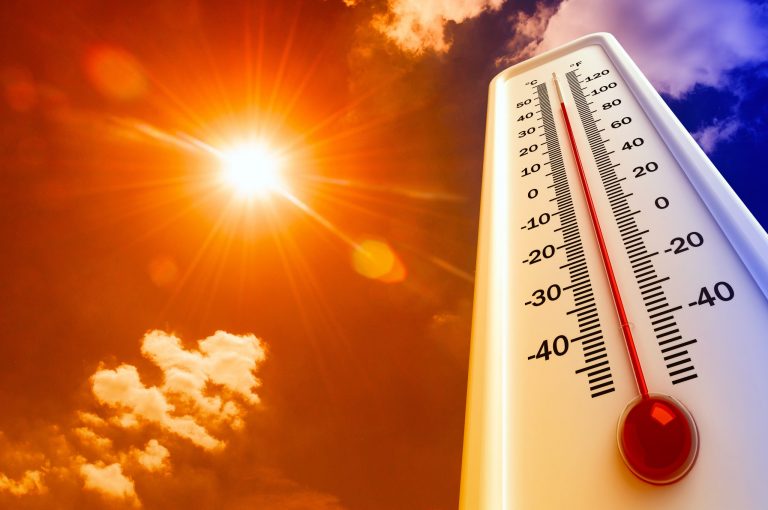Summer heat can be more than uncomfortable; it can be a threat to your health, especially for older adults and children. Whatever your age, don’t let the summer heat get the best of you.
Heat Exhaustion
Heat exhaustion occurs when a person cannot sweat enough to cool the body – usually the result of not drinking enough fluids during hot weather. It generally develops when a person is playing, working, or exercising outside in extreme heat. Symptoms include the following:
- Dizziness, weakness, nausea, headache, and vomiting
- Blurry vision
- Body temperature rising to 101°F
- Sweaty skin
- Feeling hot and thirsty
- Difficulty speaking
A person suffering from heat exhaustion must move to a cool place and drink plenty of water to avoid heatstroke—an even more severe heat-related condition.
Heat Stroke
Heatstroke is the result of untreated heat exhaustion that has the following symptoms:
- Absence of sweating
- Unawareness of thirst and heat
- Body temperature rising rapidly to above 101°F
- Confusion or delirium
- Possible loss of consciousness or seizure
Heatstroke is a serious medical emergency that must be treated quickly by a trained professional. Until help arrives, cool the person down by placing ice on the neck, armpits, and groin. If the person is awake and able to swallow, have them drink a small glass of water every 15 minutes or until help arrives.
Tips for Staying Cool
The combination of heat and humidity in the summer months can be downright uncomfortable and even dangerous. Stay cool by following these safety tips:
- Drink plenty of water. The average adult needs eight 8-ounce glasses of water a day, and even more during hot weather.
- Skip the caffeine and soda; drink water instead.
- Dress for the weather. When outside, wear lightweight clothing of natural fabric and a well-ventilated hat.
Eat light. Replace heavy or hot meals with lighter, refreshing foods.




